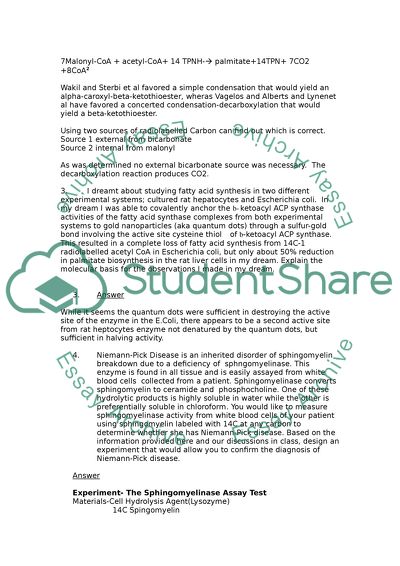Cite this document
(“The Biochemical Cause for the Defective Muscle Glycogen Synthesis Essay”, n.d.)
The Biochemical Cause for the Defective Muscle Glycogen Synthesis Essay. Retrieved from https://studentshare.org/health-sciences-medicine/1525213-biochemistry-essay
The Biochemical Cause for the Defective Muscle Glycogen Synthesis Essay. Retrieved from https://studentshare.org/health-sciences-medicine/1525213-biochemistry-essay
(The Biochemical Cause for the Defective Muscle Glycogen Synthesis Essay)
The Biochemical Cause for the Defective Muscle Glycogen Synthesis Essay. https://studentshare.org/health-sciences-medicine/1525213-biochemistry-essay.
The Biochemical Cause for the Defective Muscle Glycogen Synthesis Essay. https://studentshare.org/health-sciences-medicine/1525213-biochemistry-essay.
“The Biochemical Cause for the Defective Muscle Glycogen Synthesis Essay”, n.d. https://studentshare.org/health-sciences-medicine/1525213-biochemistry-essay.


